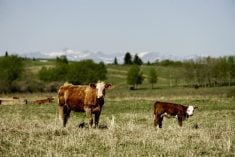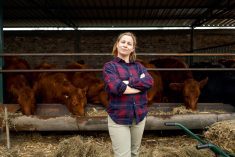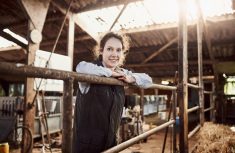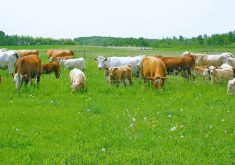While preparing for a recent holistic management conference which featured David Irvine as the keynote speaker, I came across a video that we had done at an earlier conference. Much earlier — 1990, in fact.
Irvine is referred to as the leadership navigator. He has worked extensively with organizations, teams and families as a speaker and facilitator. I have been fortunate to have known and learned from him since the time of the video.
Read Also
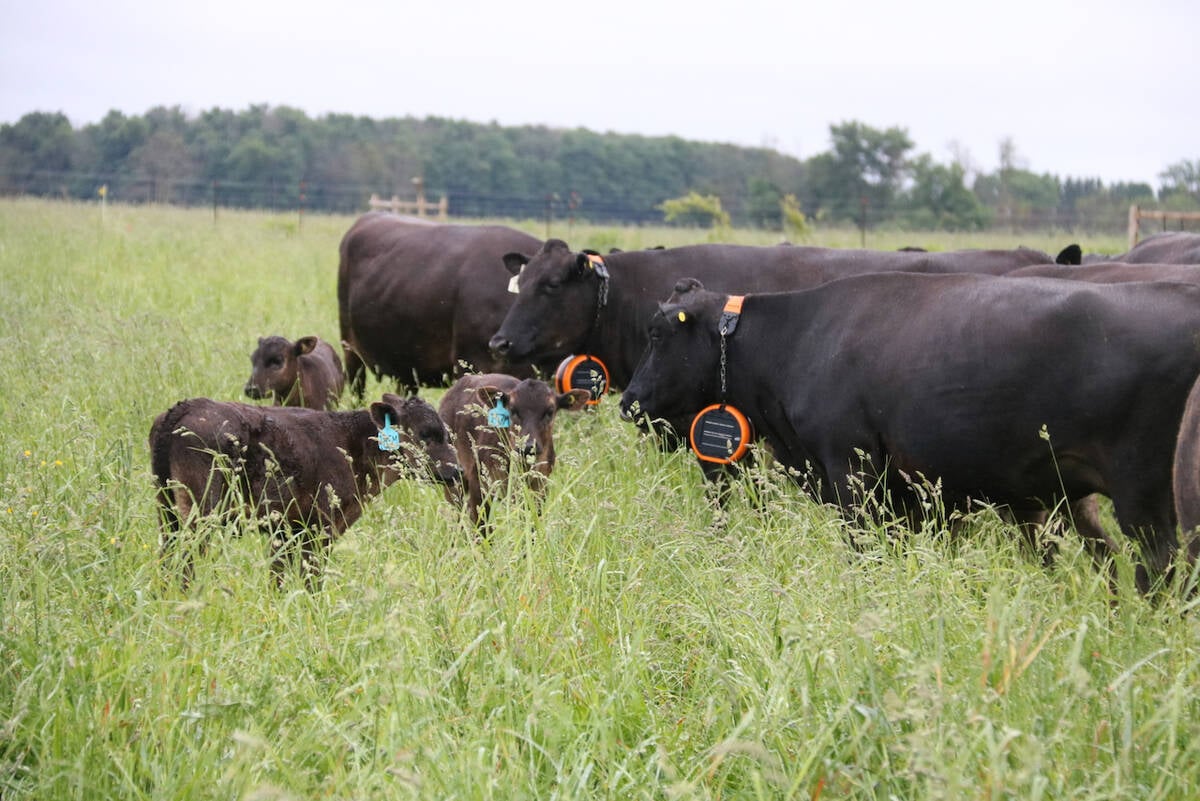
Connecting marbling scores in Japanese and Canadian grading systems
Research into whether Canadian marbling scores can predict Japanese marbling scores
Watching Irvine speak on the video and then in person after that affirmed his wisdom, which has only grown over the years. His storytelling technique for delivering messages keeps getting better and better.
Irvine presented the idea that to have a regenerative human energy cycle, the three necessary components are character, clarity and connection. All are based on the concept of lifelong learning.
Irvine defined character as “the moral courage to take action for the good of the world around you, even when those actions come with personal and political costs.”
When considering character, Irvine suggests we need to move from consumer to citizen, defining the consumer mode as an approach to life that believes our needs are satisfied by another’s actions. The citizen, rather than waiting for or expecting others to meet their needs, chooses to be accountable for the well-being of the whole. These concepts were introduced to Irvine in Peter Block’s book, Community: The Structure of Belonging. The consumer tends to be in a mode of complaining and blaming but the citizen has vision and courage.
Values, goals and purpose are the components that make up clarity. He asked audience members for their definition of success and then went on to say a way to get closer to your own definition is to carefully consider what you want to be said about you at your funeral. I have heard other modifications of this exercise, where you consider your 90-year-old self, sitting on a front porch with an amazing view, contemplating the same question from the perspective of family, friends and business. In another variation, individuals actually went to a cemetery to reflect on the question.
He had us turn to the person next to us and ask the question “What do you do?” followed by “Why is that important to you?” multiple times. Doing that with people who are close to you can be awkward at first but certainly can lead to some deeper conversations.
Seeing difficulty as a doorway is a topic coach and speaker Ally Stone also recently addressed. “Adversity has a way of revealing our true character. But it also has a way of strengthening our leadership skills. In those tough times it builds our capacity for resilience, creativity and our ability to inspire others,” she says.
It is connection that will give us the energy to pursue our goals and also make them worth pursuing.
Relating somewhat to low-stress livestock handling, Irvine shared the signs of being in the “F” state of fight, flight or freeze. In this state, the sympathetic nervous system is activated. In contrast, during the “C” state of calm, clear and collected, the parasympathetic nervous system is engaged.
All of us can relate to an animal and its flight zone. We can also likely recognize the “F” state in ourselves and others. It is important to know that meaningful conversations or relationship-building are not likely to happen when people are in the “F” state. Just as we seek ways to remove pressure and let the animal calm down, we can strive for that with our human interactions. Sometimes when conversations escalate, it is a good idea to give some space and time for individuals to get closer to the “C” state.
A conference participant asked how we move from the “F” state to the “C” state. Irvine explained the acronym RAIN: Recognize, appreciate and acknowledge, investigate and non-attachment or letting go.
Irvine referenced one of his mentors, Virginia Satir, who talked about considering our relationship accounts and being mindful of the level of that account as we make withdrawals and intentionally make deposits. Satir in her book, Peoplemaking, writes: “In nurturing families, self-worth is high: communication is direct, clear, specific and honest; rules are flexible, human appropriate, and subject to change; and the linking to society is open and hopeful.” An important premise of Satir’s is that we can all change and grow.
Showing appreciation is one of the ways to make deposits. Irvine shared the different ways of showing appreciation from The Five Languages of Appreciation in the Workplace by Gary Chapman and Paul White. It is like the love languages, but for us practical ag producers, perhaps easier to contemplate. The idea is that each of us responds differently and “speaks” a different language:
- Affirmative words
- Quality time
- Acts of service
- Tangible gifts
- Appropriate physical touch
If you are fortunate enough to have seen Irvine present, you will have seen his tribute wall — pictures of those who have had a meaningful influence on him. Not only has he created the wall of photos, but he is also intentional about letting those individuals know what they have meant to him.
His final slide was similar to what most, if not all, the presenters had shared. That was a family picture. These photos go to the heart of why we are all doing what we do — family, the human side of this livestock industry we are in.



